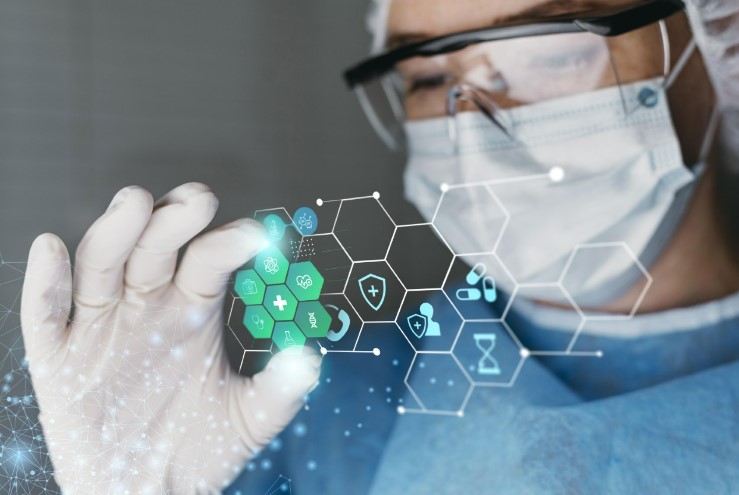
@ShahidNShah


Healthcare is a popular and significant industry that has a massive impact on society. There are differences in access to and quality of healthcare based on ethnicity, earnings, and other factors, which continue to be significant challenges in healthcare.
However, innovative medical technologies have the potential to bridge this gap and improve healthcare outcomes for all patients. Also, advancements in medical technology are making healthcare more accurate, personalized, and affordable.
By using these and other innovative technologies, healthcare providers can help to address healthcare differences and improve health outcomes for all patients, regardless of their background or socioeconomic status. In this guide, you will learn the ways to align everything and bring positive results..
So, let’s begin!
Telemedicine refers to the use of technology to provide healthcare services remotely. This can include video conferencing, remote monitoring, and mobile health applications. Telemedicine is particularly useful in managing healthcare discrepancies in rural communities, where access to healthcare services is often limited.
But the primary challenge in implementing telemedicine and telehealth technologies is ensuring that the data transmitted over the internet is secure and protected from potential hackers or cyberattacks. Encrypted DNS traffic can protect the privacy and security of telemedicine and telehealth data by encrypting the DNS queries and responses.
To address these challenges, many healthcare providers turn to telehealth consulting services, which offer expert guidance on secure telehealth solutions. However, if a network is blocking encrypted DNS traffic, this could pose a potential security risk to telemedicine and telehealth data and hinder the effective implementation and adoption of these technologies. You may visit https://setapp.com/how-to/fix-this-network-is-blocking-encrypted-dns-traffic to fix this issue to improve security.
Wearable health monitors are devices that can be worn on the body to track various health metrics. You can easily monitor heart rate, blood pressure, and activity levels. These devices are particularly useful in managing chronic conditions, such as diabetes and heart disease, as they allow patients to track their health metrics in real time and make adjustments as needed.
Ditch the paperwork! Electronic health records (EHRs) are digital records of patient health information. It can improve health equity by allowing healthcare providers to easily access and share patient health information, reducing the likelihood of medical errors and improving health outcomes.
Mobile health (mHealth) applications are mobile phone applications that can be used to track various health metrics, such as diet and exercise. These applications are particularly useful in addressing healthcare disparities among low-income populations. Such applications can provide access to health information and resources that may not be readily available otherwise.
Artificial intelligence (AI) refers to using computer algorithms to perform tasks that typically require human intelligence. In healthcare, AI is helping create a healthy world by analyzing large amounts of health data to improve disease diagnosis and management. AI can also be used to develop personalized treatment plans based on a patient’s unique health history.
One area of particular interest is virtual reality (VR) in healthcare. VR technology can simulate medical procedures, allowing medical students to practice and gain experience in a safe and controlled environment. VR can also be used to reduce pain and anxiety in patients undergoing medical procedures.
Healthcare disparities continue to be a major issue across the globe. However, innovative medical technologies are being used to address these disparities by improving access to care, reducing costs, and improving health outcomes. Telemedicine, wearable health monitors, electronic health records, mobile health applications, artificial intelligence, and other technologies all play a role in improving health equity. As we look to the future, investing in innovative medical technologies and exploring new ways to address healthcare disparities is vital. By working together, we can create a healthcare system that is equitable and accessible for all.

In this episode host Linda Robinson discusses patient engagement technology with Rich Simpson, the Chief Technology Officer at MDM Commercial. The two discuss important design elements of patient …
Posted Mar 3, 2023 Clinical Communications Technology
Connecting innovation decision makers to authoritative information, institutions, people and insights.
Medigy accurately delivers healthcare and technology information, news and insight from around the world.
Medigy surfaces the world's best crowdsourced health tech offerings with social interactions and peer reviews.
© 2025 Netspective Foundation, Inc. All Rights Reserved.
Built on Dec 1, 2025 at 4:01am